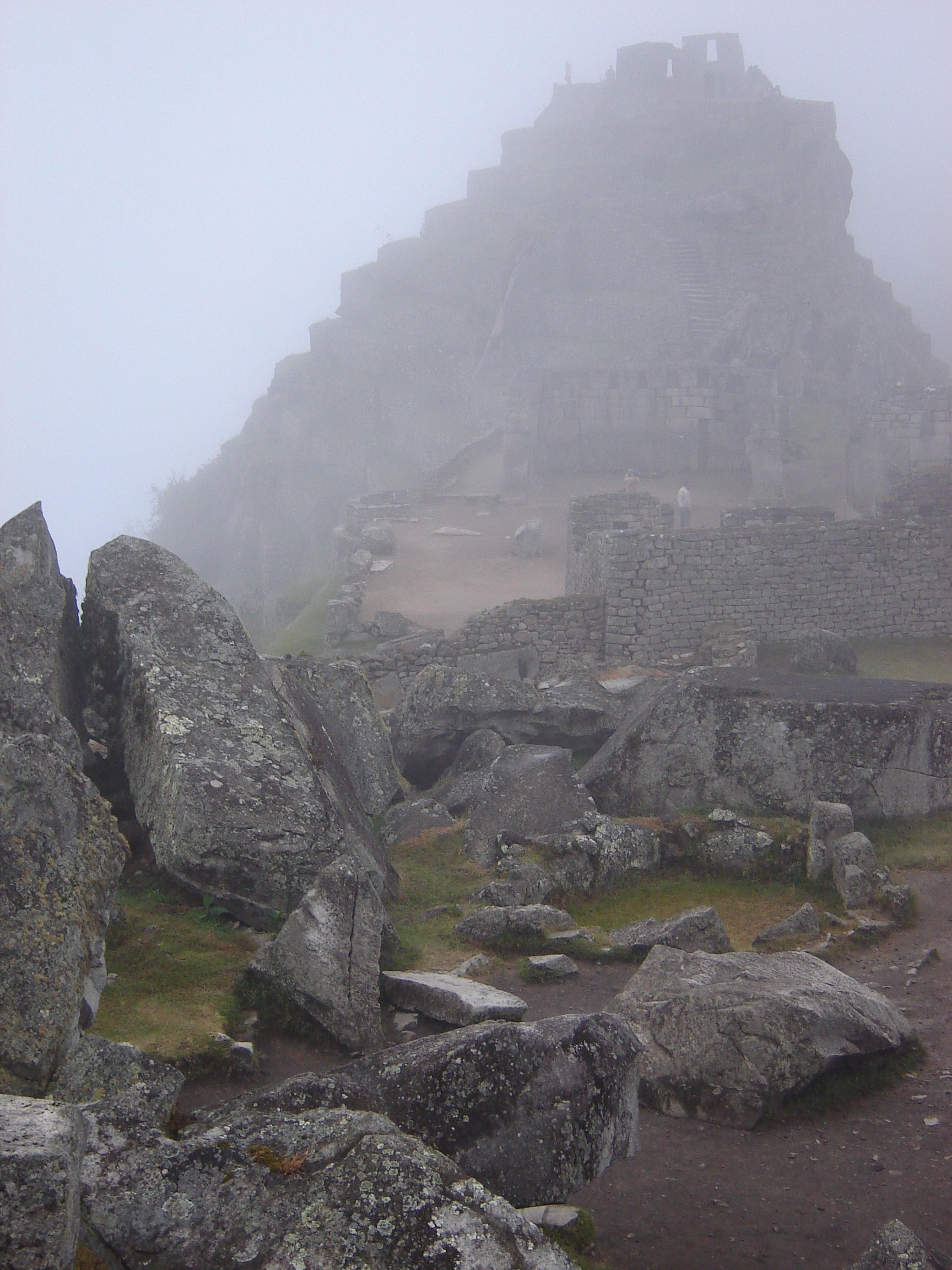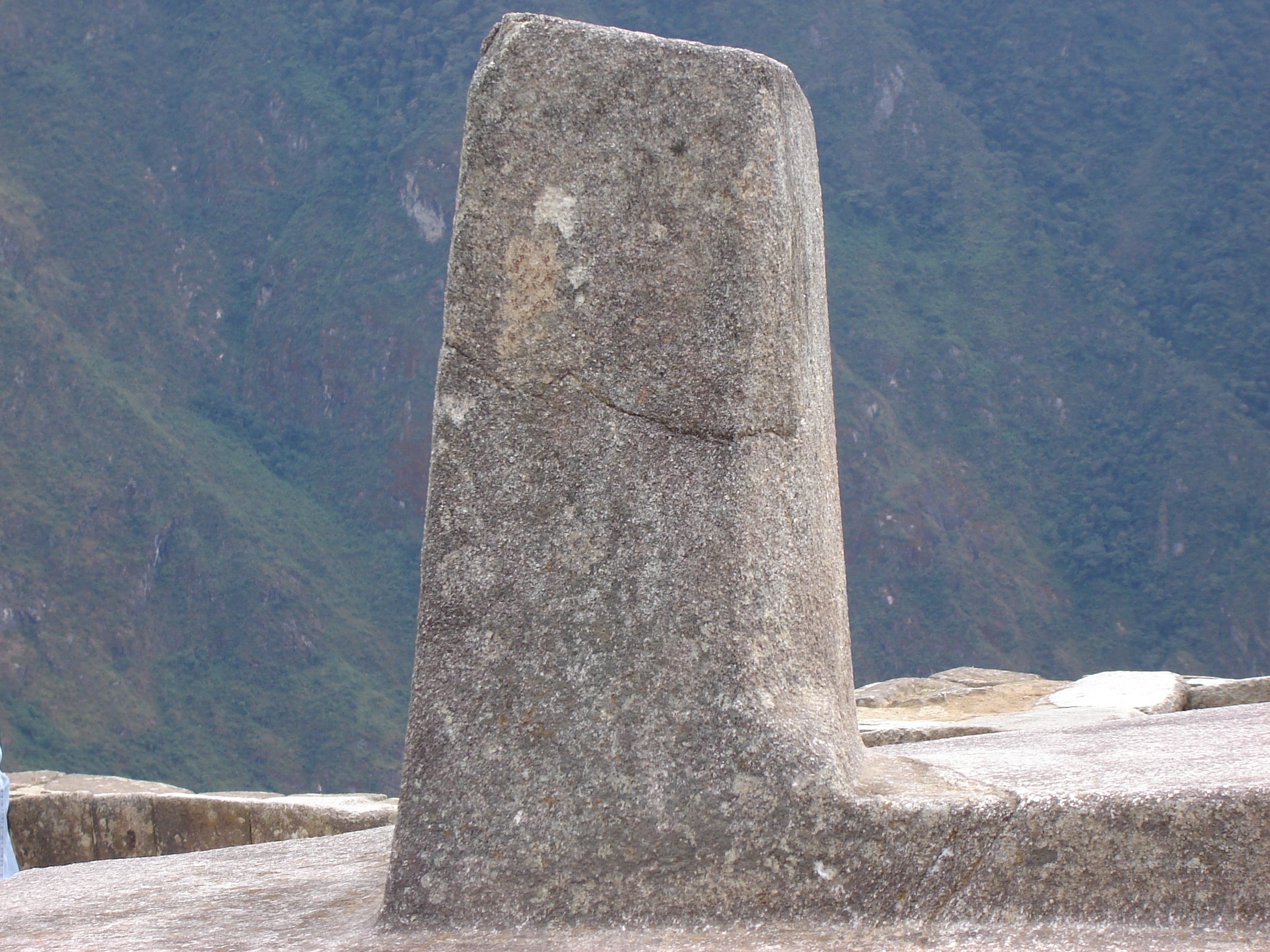MACHU PICCHU (PERU)
The mysterious Incan citadel of Machu Picchu had always been the ultimate destination for Frenchie and I on our South Am tour; the crown jewel of the trip.
What can you say about a place like this? It's iconic. Otherworldly. A wonder of the earth. It's the kind of place that inspires the creation of Indiana Jones-type characters; of a forgotten & centuries-old stone city that was hand-built by a lost civilization, hidden in the jungle. Getting there was an absolute highlight of my traveling years, and in my life.
Although professional opinions vary, it's largely believed that Machu Picchu was built by the Inca as an estate for the emperor Pachacuti around 1450, but abandoned it a century later during the time of the Spanish conquest. It was discovered by American historian/explorer Hiram Bingham in 1911.
In the Quechua language, machu means "old" or "old person", while pikchu loosely means "pyramid or cone". So the name of the site is sometimes interpreted as "old mountain".
The MP Experience
One of the most magnificent ancient constructions of human-kind.
We arrived on a foggy morning as the mist rolled between the embankments and cascaded down the terraces.
It was surreal to be there and then.
Temple of the Sun
Likely only priests & other high-ranking Incas were permitted into this temple where the sun was worshipped.
Built over an enormous granite rock, the layers of dressed stonework are incredible; you couldn't fit a credit card between them. All cut by hand.
Temple of the Three Windows
To the Inca, these three windows were thought to represent each part of the world: The underground (Uku-Pacha) the heaven (Hanan-Pacha) and the present or the actual time (Kay-Pacha). The windows perhaps also represent the rise of the sun, all important to the Inca. Shown below are meditation inlets.
The Inti Huatana
Perhaps the most symbolic of Machu Picchu's sights is the ritual stone; Inti Huatana. In the Incan language of Quechua, 'inti' means "sun", and 'wata' is the verb root "to tie, or hitch".
The minds’ eye paints an incredible scene; as a sacrificial llama's blood is spilled, an Incan Priest over the chanting of his disciples lashes the sun to this upturned rock, ensuring its return the next year to bring the harvest.
During Spain’s conquest of the Inca Empire, Spaniard clergymen destroyed all Inti Huatana they found, believing the Incas' religion to be blasphemous. The Inti Huatana of Machu Picchu was found intact by Bingham in 1911, indicating that the Spanish conquistadors had not found the Incan estate high in the forest.
As these pics show, I got a little touchy-feely with the Inti Huatana - which is pretty forbidden - but our Saklantay guide gave me the green-light when he saw how transfixed I was by it.
Goddamned legendary.
Huayna Picchu
Bonus Round: For the able-footed, there was the opportunity to climb Huayna Picchu which stands about 260 meters (850 ft) higher than Machu Picchu itself.
Although the morning's fog provided some great atmosphere for our wanders around Machu Picchu, it was a coin-flip as to whether it would clear-up by the time we scaled the parabola-shaped cliff. "We gotta try," Frenchie & I agreed.
After a dodgy 45-minute climb, the clouds parted just at the right time (perhaps by the will of the Incan gods), giving us the staggering vantage point over the amazing Incan estate.
Minds blown.

































































